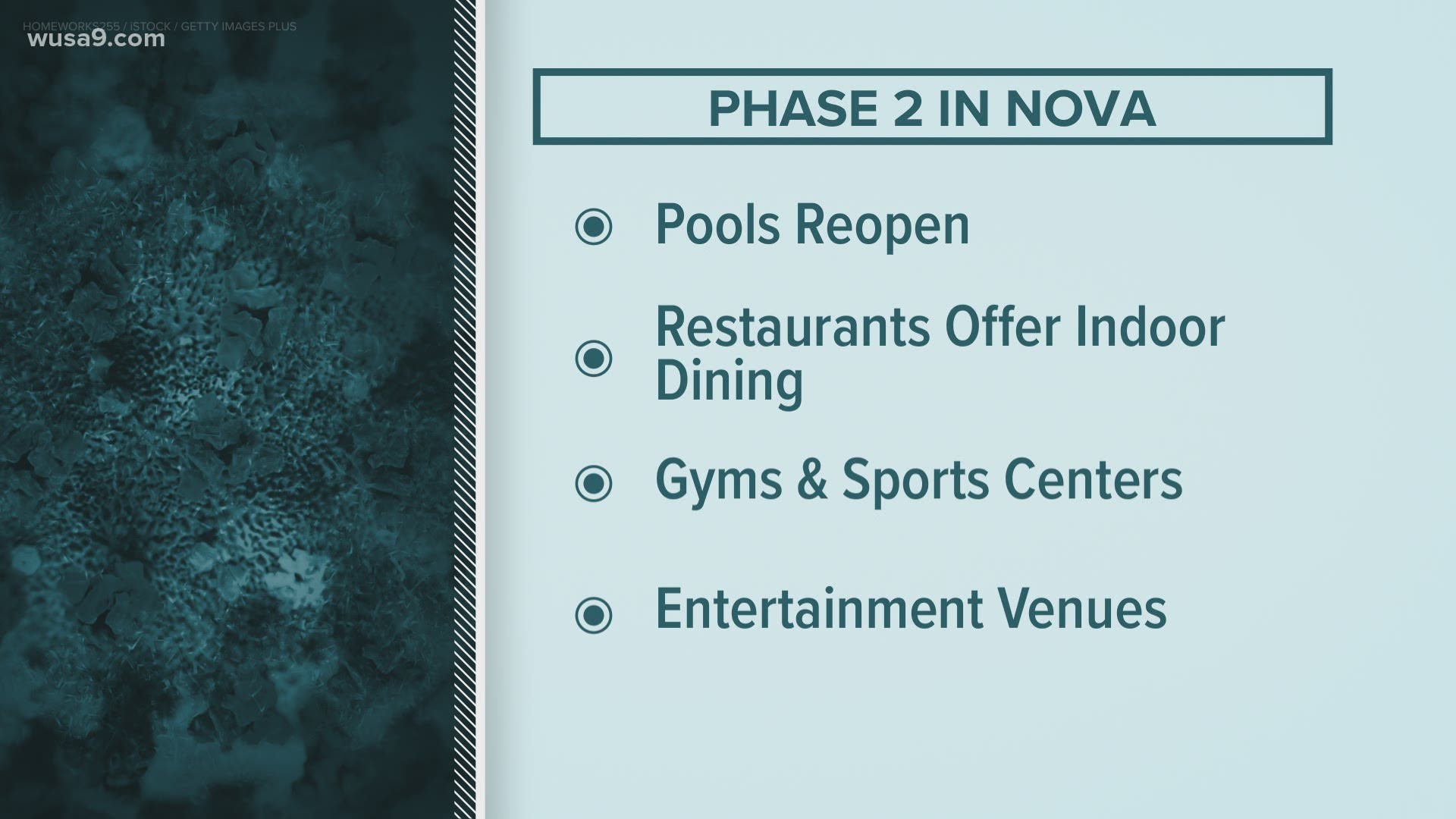WASHINGTON — It seems like everyday we get a different prediction on what “new normal” will be after the pandemic. It can be confusing.
How do you know what changes are coming and what is here to stay?
In D.C. there is a firm that specializes in forecasting the future. To help you navigate the many different predictions they made a quick rubric for what makes a credible forecast versus a questionable forecast.
"You can look at that forecast and say, 'Hey, this makes sense, or that doesn’t make sense,'" Christopher Kent of the Foresight Alliance explained.
Kent’s job is to forecast the future. During the pandemic, he continues to do that for clients. But, they also wanted to create a tool kit for the public to evaluate predictions.
"It should give people a way to have some control and better understand the world today and what it could be," he explained.
First, to identify questionable predictions, Kent said to ask if the prediction is it at odds with deep cultural practices?
"(For example), right now, every now everyone is wearing a mask," he said. "But, the U.S. is not a mask wearing culture."
Second, does the prediction appear to be wishcasting?
"What sort of underlying personal beliefs does the predictor have that is making them make that forecast?" Kent asked.
What about a credible forecast? Start with whether or not the trend was already underway before the pandemic.
"Like mall shopping was already down and there was already a retail apocalypse," Kent said.
Or does the forecast recognize a problem the pandemic exposed, like college costs?
"There's pushback from a lot of college students who say, 'I'm not going to pay $40,000 a year to do online learning,'" he pointed out.
These are just a few examples to keep in mind when people tell you their predictions for the future. Maybe it will help filter through the pandemic noise.


